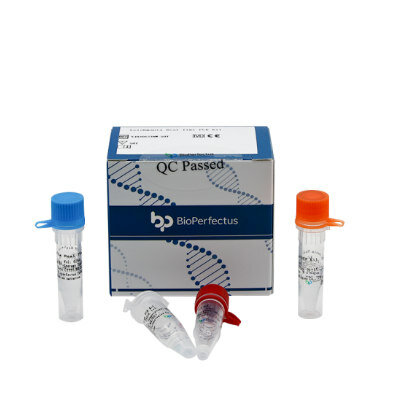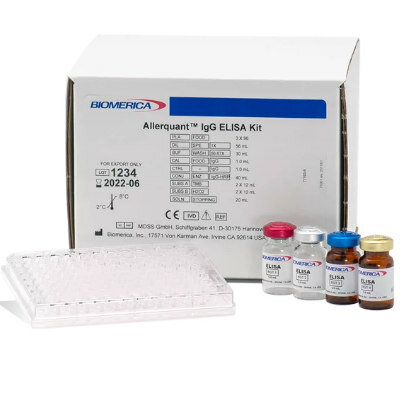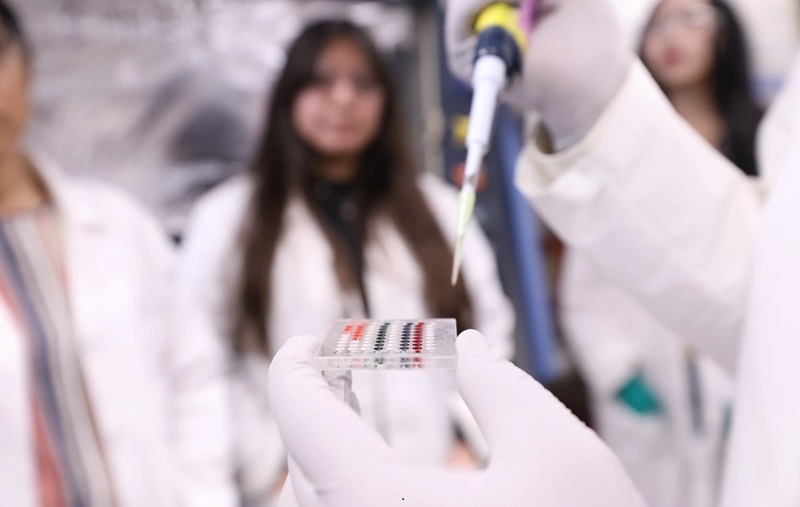Blood Test Detects Brain Damage Years before Symptoms
|
By LabMedica International staff writers Posted on 07 Feb 2019 |
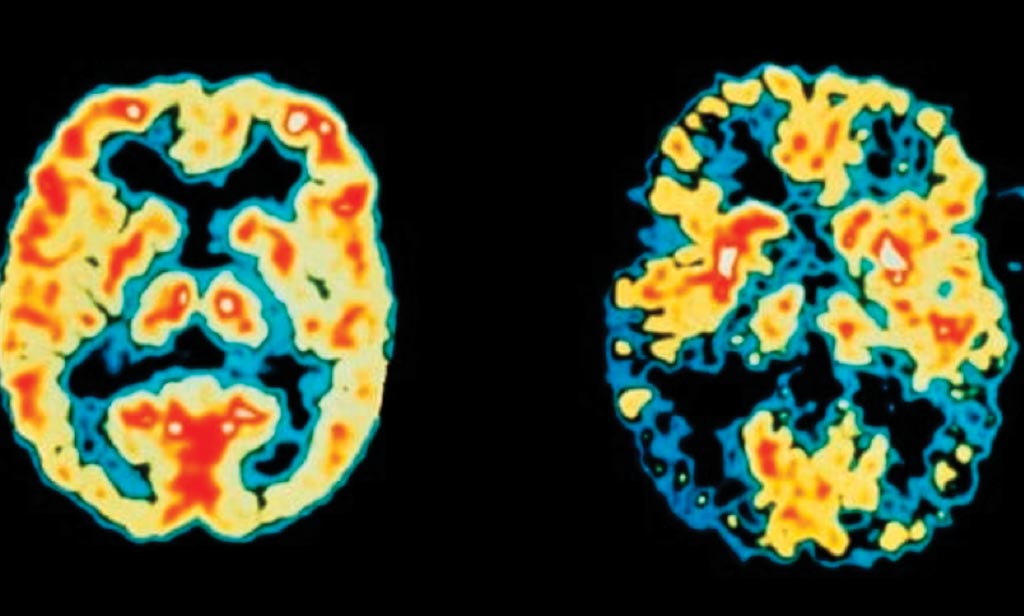
Image: Positron Emission Tomography (PET) scans of the brain of a normal patient (left) versus an Alzheimer\'s disease patient, which may have been detected earlier by measuring Neurofilament light chain (NfL) in CSF (Photo courtesy of Science Photo Library).
Alzheimer's disease is a major cause of dementia that destroys brain cells and tissue. As the brain damage spreads, it leads to symptoms such as confusion, memory loss, and diminishing capacity to function. Eventually, the person can no longer lead an independent life.
Postmortem exams of the brains of people with Alzheimer's disease reveal three typical hallmarks: plaques of beta-amyloid protein, tangles of tau protein, and loss of connections between brain cells. Alzheimer's disease mostly strikes people aged 65 years and older, but there are rarer forms that can strike earlier.
A team including scientists from the Washington University School of Medicine in St. Louis, (MO, USA) and the German Center for Neurodegenerative Diseases (Tübingen, Germany) studied a rare form that has the name dominantly inherited Alzheimer's disease (DIAD), or autosomal dominant Alzheimer's disease. The data for the study came from the Dominantly Inherited Alzheimer's Network (DIAN), which is an international consortium. The analysis took in data on more than 400 people in the DIAN network. This number included 247 who were carriers of a genetic mutation and 162 of their blood relatives who were not carriers. All the individuals had attended a DIAN clinic and given a blood sample, completed cognition tests of memory and thinking skills, and undergone brain scans. In addition, around half had made repeat clinic visits, with up to three years between each.
Neurofilament light chain (NfL) is a promising fluid biomarker of disease progression for various cerebral proteopathies. Examination of the blood samples from the first visit revealed higher levels of NfL in those people who carried a gene mutation. In these individuals, repeated visits showed NfL levels rising over time. The individuals who did not carry a gene mutation, however, did not show this pattern. Their NfL levels were lower and remained fairly steady over time. The team detected the rise in NfL levels some 16 years before the anticipated onset of symptoms. The team used ultrasensitive immunoassay technology to demonstrate that NfL levels in the cerebrospinal fluid and serum are correlated with one another and are elevated at the presymptomatic stages of familial Alzheimer’s disease.
Further analysis revealed that NfL levels were also predictive for the decline in memory and thinking skills in the cognition tests. Other conditions that damage the brain can also cause neurons to leak NfL. People with Huntington's disease and Lewy body dementia, for example, have higher blood levels of the protein. Blood NfL levels also rise in football players immediately after a blow to the head and in people with multiple sclerosis during flare-ups.
The authors concluded that NfL dynamics in serum predict disease progression and brain neurodegeneration at the early presymptomatic stages of familial Alzheimer’s disease, which supports its potential utility as a clinically useful biomarker. Brian Gordon, PhD, who is an assistant professor of radiology and co-author of the study, said, “This is something that would be easy to incorporate into a screening test in a neurology clinic.” The study was published on January 21, 2019, in the journal Nature Medicine.
Related Links:
Washington University School of Medicine
German Center for Neurodegenerative Diseases
Postmortem exams of the brains of people with Alzheimer's disease reveal three typical hallmarks: plaques of beta-amyloid protein, tangles of tau protein, and loss of connections between brain cells. Alzheimer's disease mostly strikes people aged 65 years and older, but there are rarer forms that can strike earlier.
A team including scientists from the Washington University School of Medicine in St. Louis, (MO, USA) and the German Center for Neurodegenerative Diseases (Tübingen, Germany) studied a rare form that has the name dominantly inherited Alzheimer's disease (DIAD), or autosomal dominant Alzheimer's disease. The data for the study came from the Dominantly Inherited Alzheimer's Network (DIAN), which is an international consortium. The analysis took in data on more than 400 people in the DIAN network. This number included 247 who were carriers of a genetic mutation and 162 of their blood relatives who were not carriers. All the individuals had attended a DIAN clinic and given a blood sample, completed cognition tests of memory and thinking skills, and undergone brain scans. In addition, around half had made repeat clinic visits, with up to three years between each.
Neurofilament light chain (NfL) is a promising fluid biomarker of disease progression for various cerebral proteopathies. Examination of the blood samples from the first visit revealed higher levels of NfL in those people who carried a gene mutation. In these individuals, repeated visits showed NfL levels rising over time. The individuals who did not carry a gene mutation, however, did not show this pattern. Their NfL levels were lower and remained fairly steady over time. The team detected the rise in NfL levels some 16 years before the anticipated onset of symptoms. The team used ultrasensitive immunoassay technology to demonstrate that NfL levels in the cerebrospinal fluid and serum are correlated with one another and are elevated at the presymptomatic stages of familial Alzheimer’s disease.
Further analysis revealed that NfL levels were also predictive for the decline in memory and thinking skills in the cognition tests. Other conditions that damage the brain can also cause neurons to leak NfL. People with Huntington's disease and Lewy body dementia, for example, have higher blood levels of the protein. Blood NfL levels also rise in football players immediately after a blow to the head and in people with multiple sclerosis during flare-ups.
The authors concluded that NfL dynamics in serum predict disease progression and brain neurodegeneration at the early presymptomatic stages of familial Alzheimer’s disease, which supports its potential utility as a clinically useful biomarker. Brian Gordon, PhD, who is an assistant professor of radiology and co-author of the study, said, “This is something that would be easy to incorporate into a screening test in a neurology clinic.” The study was published on January 21, 2019, in the journal Nature Medicine.
Related Links:
Washington University School of Medicine
German Center for Neurodegenerative Diseases
Latest Molecular Diagnostics News
- Respiratory Panel to Help Clinicians Make Precise Treatment Decisions in Outpatient Settings
- Integrating Cardiovascular Risk Biomarkers Aids in Detection of ‘Inflammaging’
- Genetic Signature in Newborns Predicts Neonatal Sepsis Before Symptoms Appear
- Integrating Multiple Protein Markers Predicts Health Outcomes in Chronic Kidney Disease Patients
- Rapid Finger Prick Blood Test to Detect Active Syphilis at Point of Care
- Urine Tests Could Reveal Early Signs of Cancer and Other Diseases
- AI-Powered Smart PCR System to Revolutionize Clinical Diagnostics
- Simple Blood Test Identifies Women in Labor at Risk for Preeclampsia
- Point-Of-Care Paper-Based Test Could Diagnose Cancer at Bedside
- Sepsis Test Demonstrates Clinical Utility in Critically Ill Heterogeneous Patient Populations
- Multi-Cancer Early Detection Test Measures Host Response to Tumor Development
- MicroRNA-Based Test Identifies 12 Cancers Simultaneously Across Any Stage
- New Blood Test Platform Simultaneously Measures Over 100 Biomarkers of Alzheimer's Disease

- First-Ever Blood Test Diagnoses Maternal Autoantibody Related Autism
- Precision Medicine Blood Test Predicts Heart Disease Before It Occurs
- Blood-Based PCR Test Guides Alzheimer's Therapy
Channels
Clinical Chemistry
view channel.jpg)
POC Saliva Testing Device Predicts Heart Failure in 15 Minutes
Heart failure is a serious condition where the heart muscle is unable to pump sufficient oxygen-rich blood throughout the body. It ranks as a major cause of death globally and is particularly fatal for... Read more
Screening Tool Detects Multiple Health Conditions from Single Blood Drop
Infrared spectroscopy, a method using infrared light to study the molecular composition of substances, has been a foundational tool in chemistry for decades, functioning similarly to a molecular fingerprinting... Read more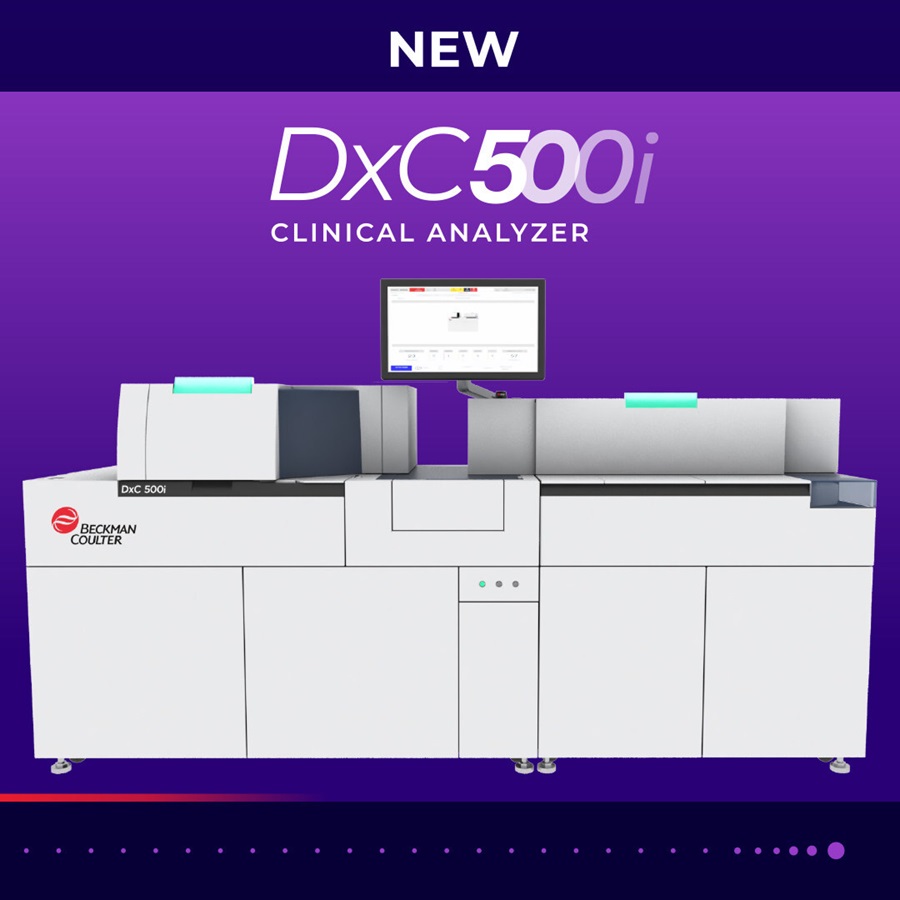
Integrated Chemistry and Immunoassay Analyzer with Extensive Assay Menu Offers Flexibility, Scalability and Data Commutability
As global healthcare systems increasingly shift towards networked laboratory operational models to enhance efficiency and patient access, there is a greater need for innovative solutions tailored to the... Read moreMolecular Diagnostics
view channel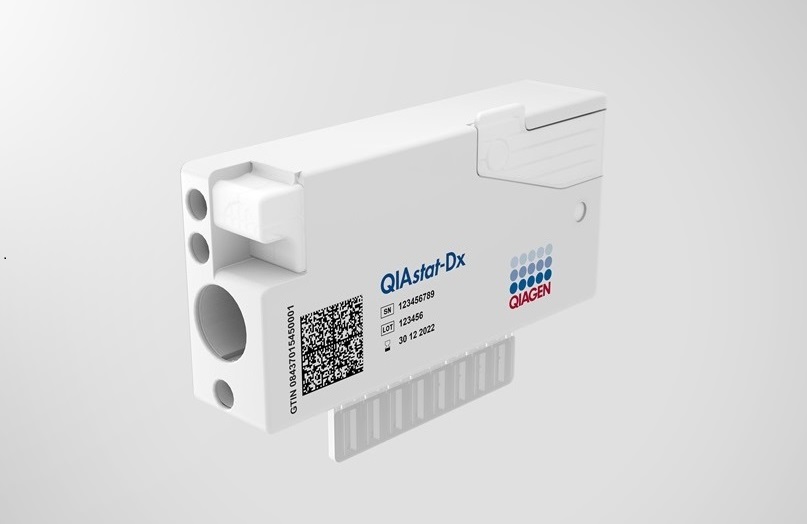
Respiratory Panel to Help Clinicians Make Precise Treatment Decisions in Outpatient Settings
Respiratory tract infections are the primary reason for visits to emergency departments and subsequent hospitalizations. In the U.S., it is estimated that there are up to 41 million cases of influenza... Read more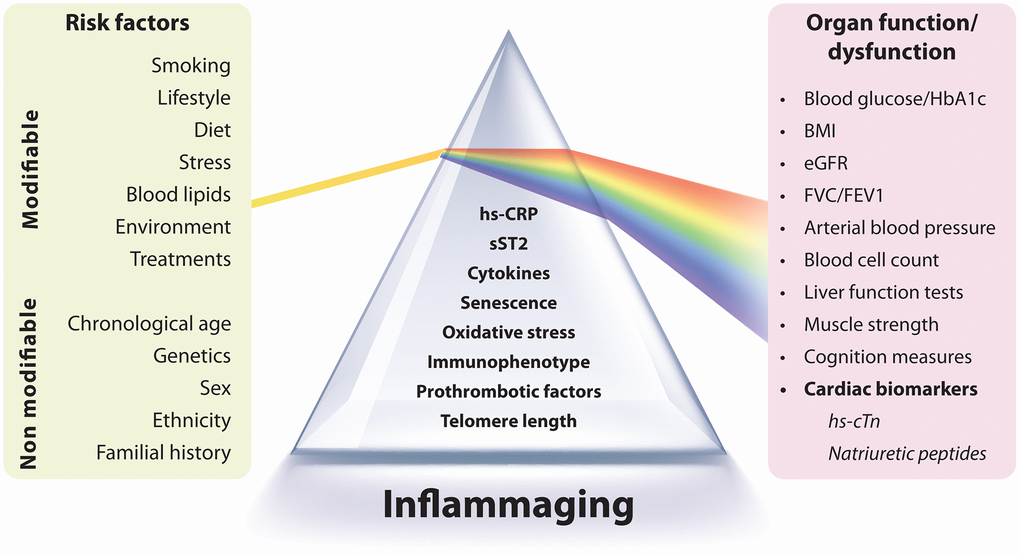
Integrating Cardiovascular Risk Biomarkers Aids in Detection of ‘Inflammaging’
Cardiovascular diseases (CVD) continue to be the leading cause of death globally, responsible for nearly one-third of all fatalities worldwide. Traditionally, risk assessment for CVD has focused on well-established... Read more
Genetic Signature in Newborns Predicts Neonatal Sepsis Before Symptoms Appear
Neonatal sepsis, which occurs due to the body’s abnormal response to severe infection within the first 28 days of life, results in approximately 200,000 deaths globally each year. This condition affects around 1.... Read more.jpeg)
Integrating Multiple Protein Markers Predicts Health Outcomes in Chronic Kidney Disease Patients
Previous attempts to discover novel kidney biomarkers as risk factors for chronic kidney disease (CKD) progression have generally focused on evaluating proteins individually, which limits their prognostic... Read moreHematology
view channel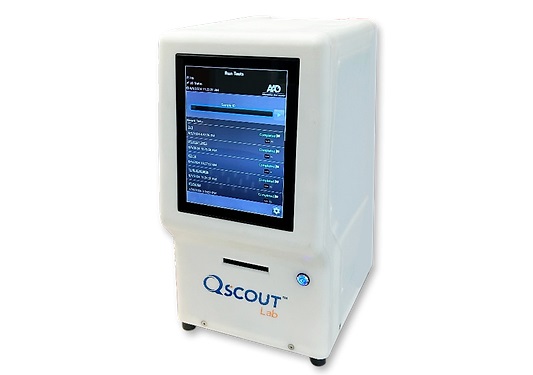
Next Gen CBC and Sepsis Diagnostic System Targets Faster, Earlier, Easier Results
Every hour is critical in protecting patients from infections, yet there are currently limited tools to assist in early diagnosis before patients reach a hospital. The complete blood count (CBC) is a common... Read more
Newly Discovered Blood Group System to Help Identify and Treat Rare Patients
The AnWj blood group antigen, a surface marker discovered in 1972, has remained a mystery regarding its genetic origin—until now. The most common cause of being AnWj-negative is linked to hematological... Read more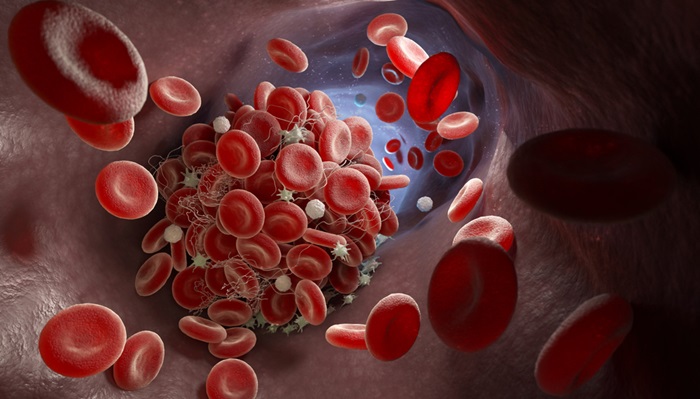
Blood Platelet Score Detects Previously Unmeasured Risk of Heart Attack and Stroke
Platelets, which are cell fragments circulating in the blood, play a critical role in clot formation to stop bleeding. However, in some individuals, platelets can become "hyperreactive," leading to excessive... Read moreImmunology
view channel
Computational Tool Predicts Immunotherapy Outcomes for Metastatic Breast Cancer Patients
Immunotherapy aims to enhance the body’s immune response to target cancer cells, but not all patients experience a positive reaction to such treatments. Identifying which patients will benefit from immunotherapy... Read more
Biomarker Could Predict Immunotherapy Response in Liver Cancer
Until recently, patients diagnosed with hepatocellular carcinoma had limited treatment options, with existing therapies extending life by only a few months. Immunotherapy has emerged as a new alternative... Read more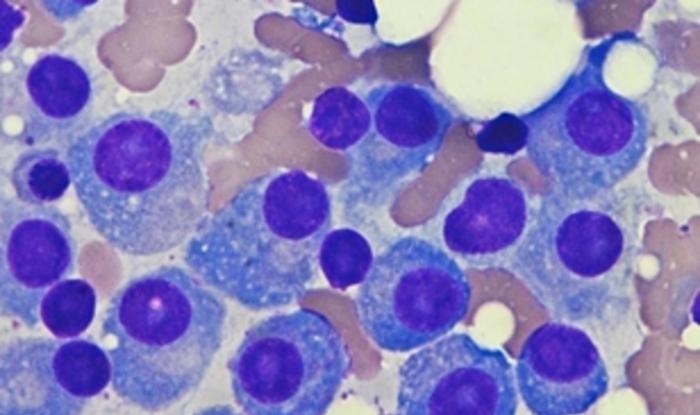
Epigenetic Test Could Determine Efficacy of New Immunotherapy Treatments Against Multiple Myeloma
Multiple myeloma is a blood cancer that primarily affects individuals over the age of sixty, and its occurrence rises as the population ages. In this disease, the bone marrow—the spongy tissue inside bones... Read moreMicrobiology
view channel
High-Accuracy Bedside Test to Diagnose Periprosthetic Joint Infection in Five Minutes
Periprosthetic joint infection (PJI) represents a significant global issue that is worsening as the number of joint replacements increases due to aging populations. In the United States alone, the anticipated... Read more_1.jpg)
Innovative Diagnostic Approach for Bacterial Infections to Enable Faster and Effective Treatment
For patients with bacterial infections, timely treatment with the appropriate antibiotics significantly improves their chances of recovery. Current methods for identifying which antibiotics will be effective... Read more
Non-Invasive Stool Test to Diagnose Endometriosis and Help Reduce Disease Progression
Endometriosis, a painful condition impacting nearly 200 million women globally, occurs when tissue similar to the lining of the uterus grows outside its usual location, such as on the intestines or the... Read more
Automated Positive Blood Culture Sample Preparation Platform Designed to Fight Against Sepsis and AMR
Delayed administration of antibiotics to patients with bloodstream infections significantly increases the risk of morbidity and mortality. For optimal therapeutic outcomes, it is crucial to rapidly identify... Read moreTechnology
view channel
New Noninvasive Methods Detect Lead Exposure Faster, Easier and More Accurately at POC
Exposure to lead can negatively affect health in multiple ways, leading to damage in the brain and central nervous system, delays in development and growth, learning and behavioral issues, problems with... Read more
Noninvasive Test Detects Malaria Without Blood Sample
Malaria remains a significant global health issue, with approximately 250 million cases and over 600,000 deaths reported annually. Nearly half of the world's population is at risk for malaria infection,... Read moreIndustry
view channel
Beckman Coulter Partners with BioPorto for Global Distribution of Acute Kidney Injury NGAL Tests
Acute kidney injury (AKI) is a sudden episode of kidney failure or damage that can occur within a few hours or days. This condition leads to the accumulation of waste products in the blood and disrupts... Read more_1.jpg)
CACLP 2025 New Date and Venue Announced
The 22nd China International In Vitro Diagnostic Expo, organized by the China Association of Clinical Laboratory Practice Expo (CACLP, Shanghai, China), is set to take place from March 21 to 24, 2025,... Read more
Roche to Develop New Diagnostic Technologies for Traumatic Brain Injuries
Traumatic brain injuries (TBI) represent a significant global health issue, affecting approximately 69 million people each year. TBI occurs when an external force disrupts normal brain function, with severity... Read more







